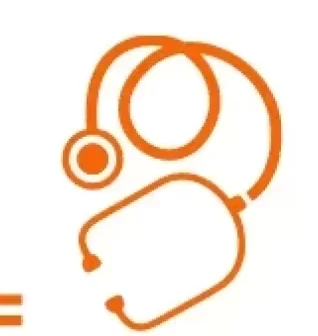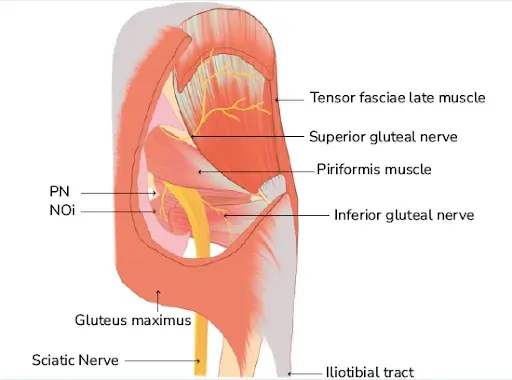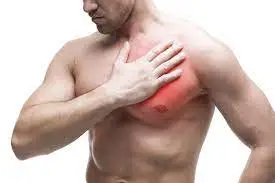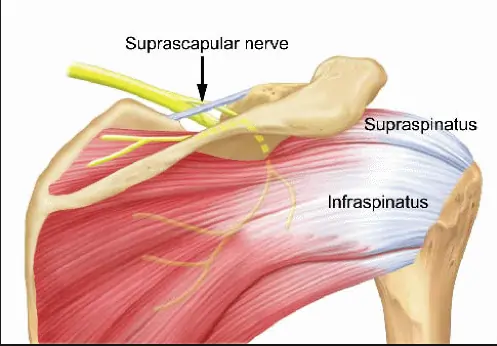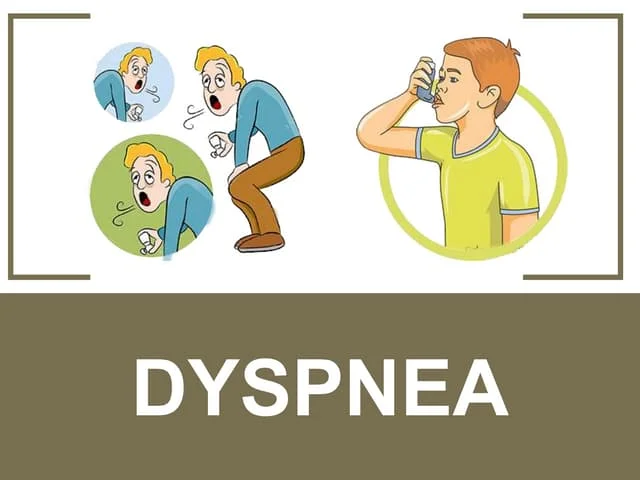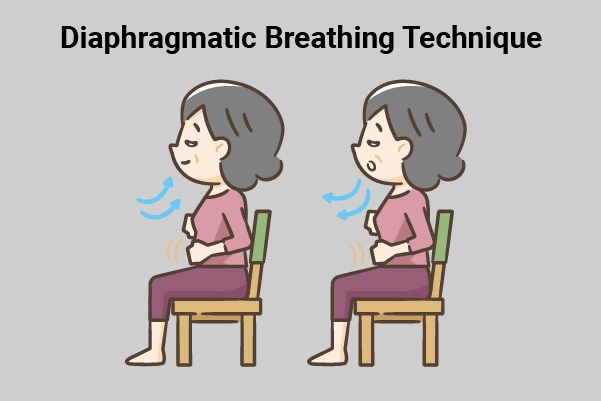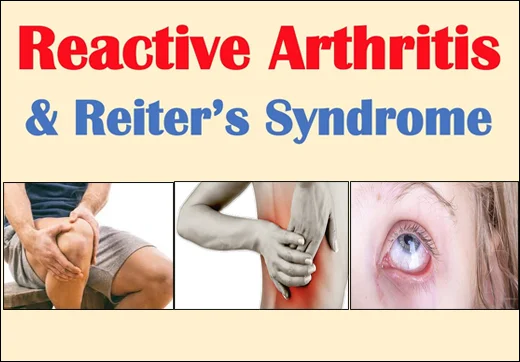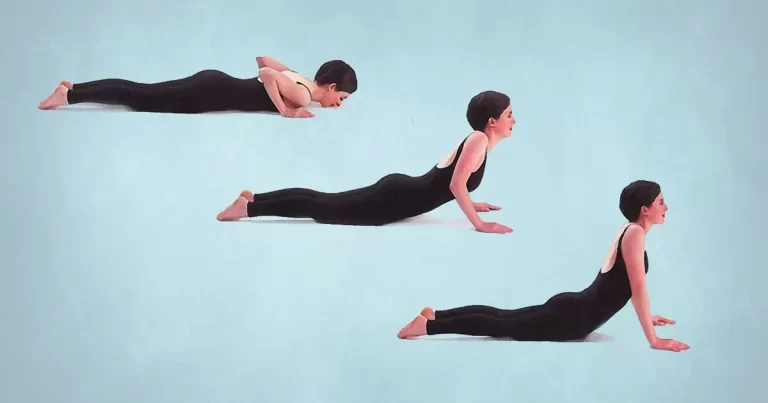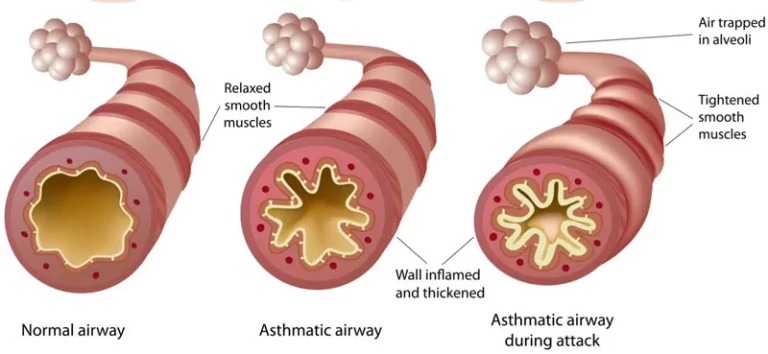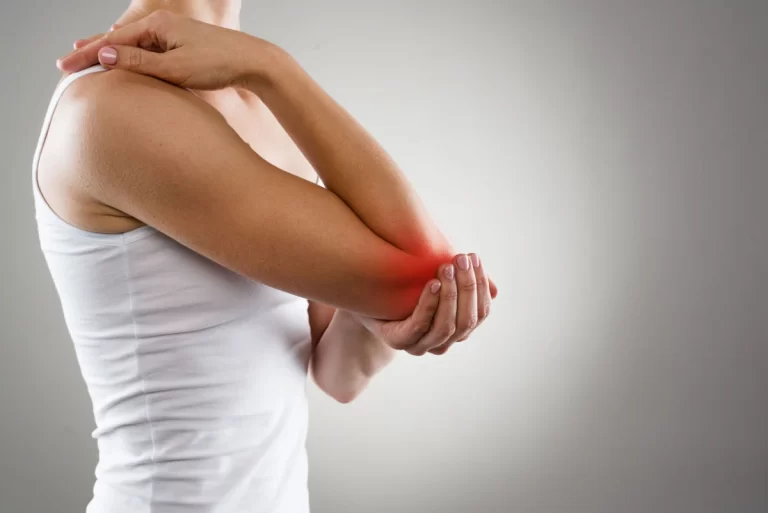Superior Gluteal Nerve
Introduction The superior gluteal nerve, a motor branch of the sacral plexus, originates from the posterior divisions of the L4, L5, and S1 anterior roots. The superior gluteal nerve and vessels travel through the greater sciatic foramen before passing superiorly to the piriformis muscle. From there, the nerve splits into its superior and inferior branches,…
